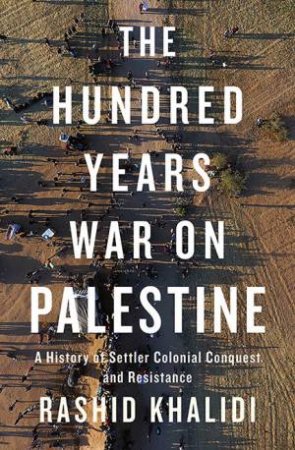

It’s not it is like now, where there is television. Some men went to Hamama to get more food and never returned. “We rested a couple of days at each site in the hope that the Arab armies would return, and we would go back to our town. But the aerial bombings convinced them to continue south, to Hiribya, another town that has been wiped from the maps today, and from there to Gaza. He headed with hundreds of other Palestinians towards nearby Al Maydal, today the city of Ashkelon. That’s why they loaded a camel with “all the food that could fit,” but did not take any goods.

Like so many other families, Shamia’s thought that they would be back in a matter of days. And Israeli military leader Yigal Allon - who would end up becoming a prominent minister in the Israeli Labor Party - took over Hamama in Operation Yoav, just as he had every other Palestinian town in previous offensives, his goal being to ensure that there was no Palestinian population to the rearguard of the Israeli troops.

Hamama, with 6,000 inhabitants, had been filling up with displaced people from nearby towns. Shamia can’t remember when the Egyptian forces retreated, but it happened in October 1948, halfway through the first Arab-Israeli war. It is the reason why Shamia and another almost six million Palestinians are now refugees and why the more than 400 Arab towns in Israel, including Hamama, lie in ruins. The term refers to the mass expulsions of hundreds of thousands of Palestinians. The adults thought: if they leave, how are we going to stay?” he recalls today from his home in the capital, Gaza, on the 75th anniversary of what Palestinians know as Nakba - “the catastrophe” in Arabic. “They told us they were leaving and that we should too. Said Shamia was eight years old when Egyptian troops hastily withdrew from Hamama, the Palestinian town they were defending, due to the Israeli advance.


 0 kommentar(er)
0 kommentar(er)
